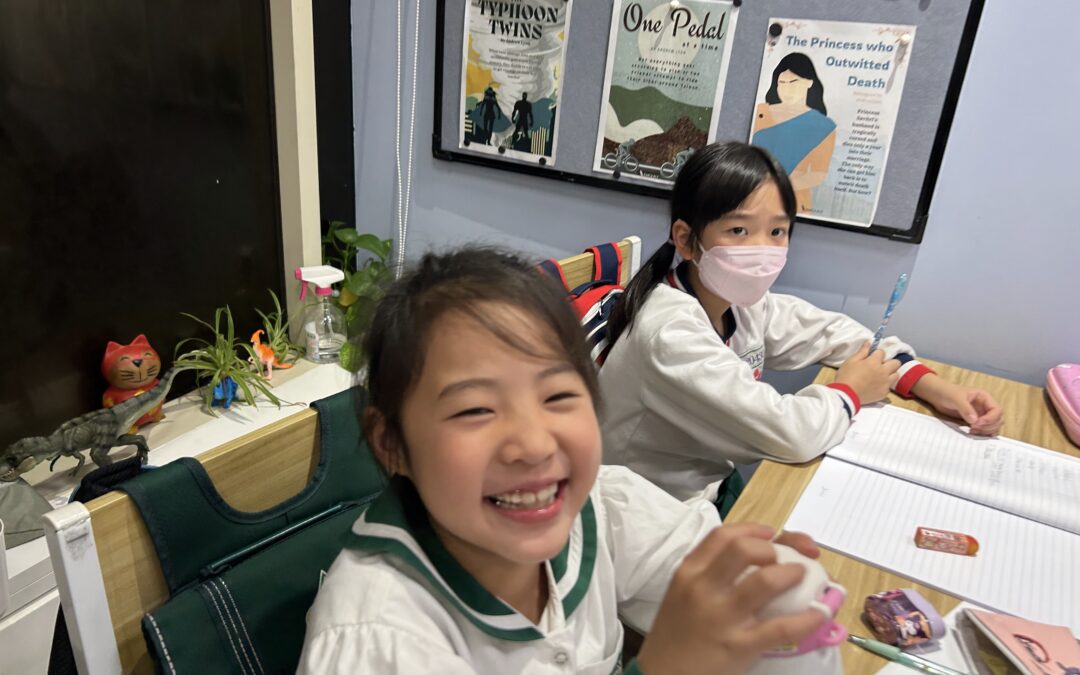Every day across Taiwan, students at buxibans, bilingual programs, and “international” schools open American textbooks filled with stories about the 4th of July, historical figures like George Washington, and jokes that don’t quite land. Taiwanese parents and administrators assume these are the best path to fluency for Taiwanese students—but are they?
While American textbooks provide native language models, American writers have designed these texts with American audiences in mind. For students outside the U.S., this creates a disconnect. Unfamiliar names and places, cultural references that don’t resonate, and historical events with little local context turn reading into an exercise in decoding rather than engagement.
When students have to spend their time decoding rather than reading because they enjoy something, it becomes an academic exercise for them to simply finish, and when students treat reading this way, or any other task, it is ineffective.
A better fit for Taiwanese students
So how do we make reading more effective for students? At Englist, we take a different approach. Instead of relying solely on American textbooks, we write and curate culturally responsive stories specifically for our students—featuring familiar locations, names, and experiences that resonate with them.
Zaretta Hammond, a famous teacher educator and national level education consultant, explains that when students see themselves reflected in what they learn, it activates neural pathways, making learning more meaningful and effective.
Think about it. It’s easier for Taiwanese students to:
- Picture themselves at Da’an Park rather than Central Park.
- Connect with characters who have familiar names.
- Imagine celebrating Moon Festival with family rather than Thanksgiving.
These seemingly small shifts keep students engaged and encourage deeper critical thinking. Nothing beats seeing my student’s eyes light up when they recognize a place in a story or watching them make meaningful connections to their own experiences. The best moments in class come from the rich discussions these stories spark—conversations that simply wouldn’t happen with an unrelatable text.
The difference is undeniable: when students see themselves in what they read, their learning becomes more personal, more powerful, and far more memorable.
When a curriculum reflects students’ lives, it becomes more than just a lesson—it becomes a conversation they want to take part in.
A curriculum that works
It’s the difference between wearing an off-the-rack suit and one tailored just for you. A curriculum should fit—comfortable, familiar, and designed for the learner. When reading materials reflect their world, they feel natural. And most importantly, they work.
At Englist, we don’t erase global perspectives—we balance them. Our students still read about animals, science, and cultures from around the world, but in ways that make sense for them.
Since introducing our own stories, engagement has soared. Whether it’s a mystery set in a night market, a fantasy adventure with Taiwanese protagonists, or a story about a kid becoming the President of Taiwan, students read these texts with more enthusiasm than they ever did about George Washington. They see themselves in the characters. They think more critically. They engage more deeply.
And that makes all the difference.
Learning English isn’t about squeezing into someone else’s suit. It should feel like slipping into one made just for you.
At Englist, we’re not just teaching English. We’re building lifelong readers.
– Mr. Lyon
